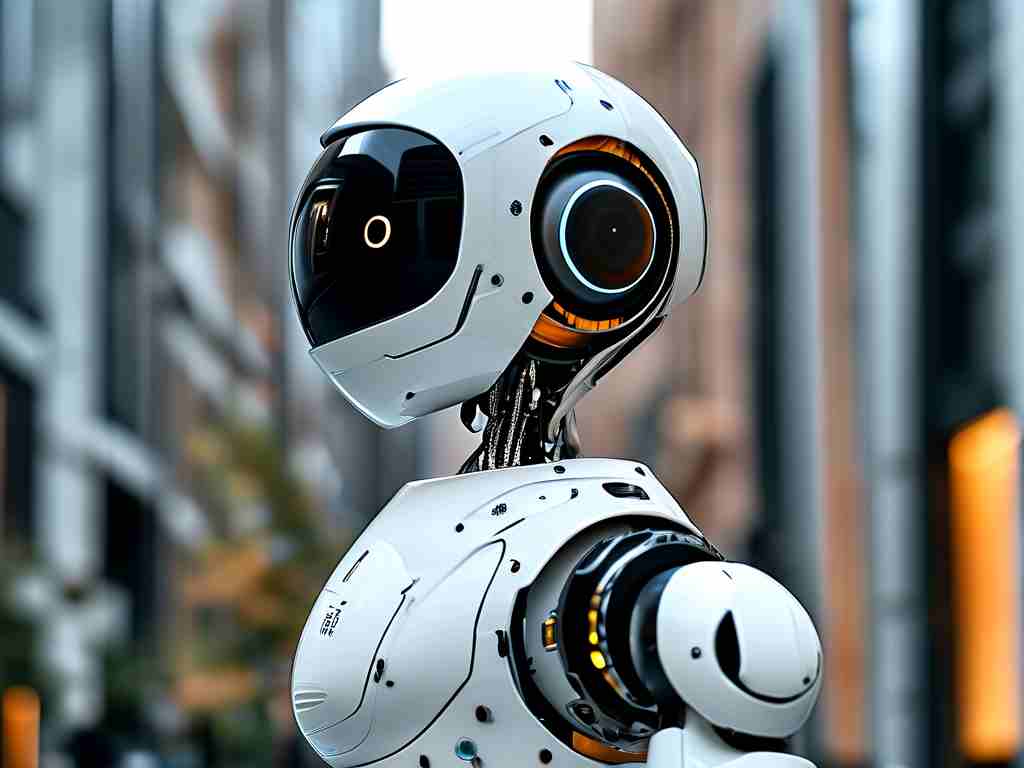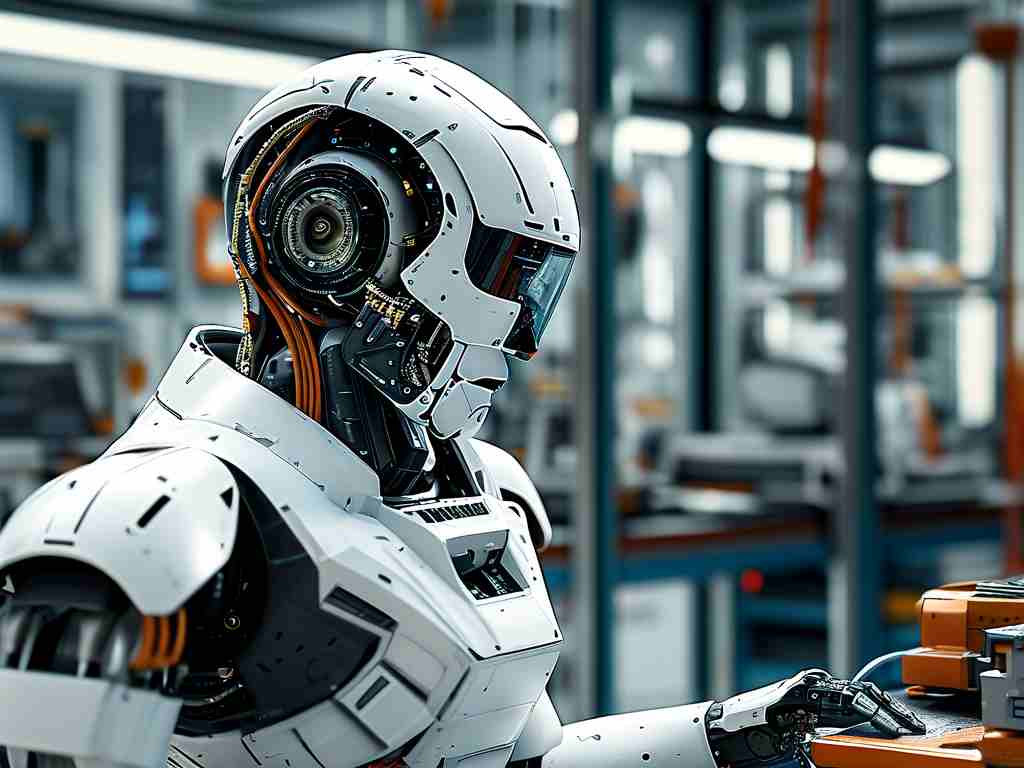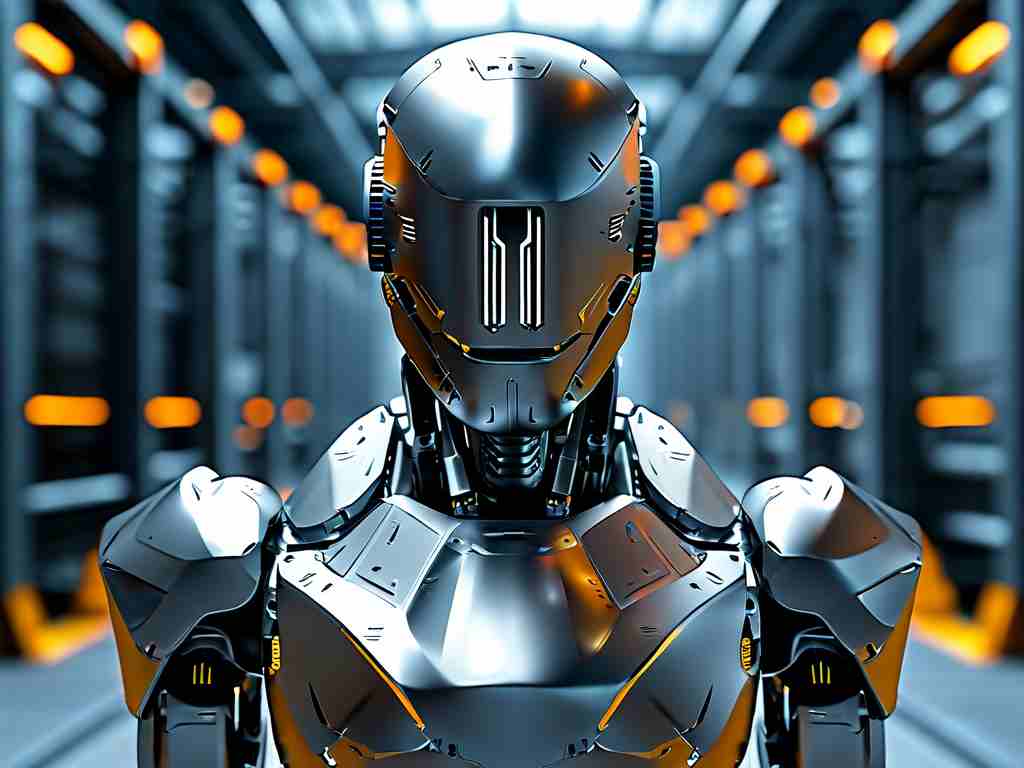HarmonyOS, developed by Huawei, represents a fundamental shift in operating system design, moving beyond the traditional single-device paradigm. Its core strength lies in its innovative distributed architecture, which fundamentally changes how devices interact and collaborate. This approach unlocks significant advantages impossible for conventional, siloed operating systems to achieve, creating a truly integrated and intelligent ecosystem.

At its heart, the distributed architecture treats multiple physical devices not as isolated entities, but as components of a single, virtual "Super Device." This is facilitated by several key technologies working in concert. The distributed soft bus acts as the nervous system, enabling seamless, high-speed, low-latency communication between devices, regardless of their form factor – smartphones, tablets, wearables, smart screens, or IoT sensors. Crucially, this communication is designed to be incredibly efficient, minimizing latency often to sub-30ms levels, which is critical for real-time interactions like multi-screen gaming or collaborative document editing across devices.
Security and isolation are paramount within this interconnected environment. HarmonyOS employs a microkernel design at its foundation, significantly reducing the attack surface compared to monolithic kernels. Access control between devices and services is strictly enforced using distributed capabilities management. This ensures that a smartwatch requesting data from a smartphone, for instance, only accesses precisely what it's authorized to, and nothing more. Data transmission is protected end-to-end, maintaining user privacy even as information flows across the network.
One of the most tangible user benefits is seamless cross-device collaboration. The architecture enables powerful features like Hardware Resource Virtualization. Imagine starting a video call on your phone and effortlessly transferring it to your smart TV with a single tap – the call application's state and context migrate instantly. Similarly, a navigation app running on your car's infotainment system can seamlessly transition its display to your smartwatch when you park and get out, leveraging the best screen for the current context. This is not mere screen mirroring; it's the intelligent migration of tasks and resources. Developers leverage this through distributed APIs. For example, initiating a device discovery and connection might involve:
// Simplified pseudo-code for device discovery and task continuation
DistributedDeviceManager deviceManager = getDistributedDeviceManager();
List<DeviceInfo> nearbyDevices = deviceManager.getTrustedDevices(DeviceFilter.SMART_DISPLAY);
if (!nearbyDevices.isEmpty()) {
DeviceInfo targetDevice = nearbyDevices.get(0);
ContinuationRequest request = new ContinuationRequest.Builder(currentActivity)
.setTargetDevice(targetDevice)
.build();
ContinuationManager.continueAbility(request); // Seamlessly transfers the current task/UI
}
Resource pooling is another groundbreaking advantage. A fitness app on a smartwatch, limited by its own processing power and battery, can offload complex data analysis (like running gait analysis) to a nearby, more powerful smartphone or tablet within the same trusted group. Similarly, a drone could utilize a connected phone's superior GPS signal for more accurate positioning. This dynamic resource sharing optimizes performance and efficiency across the entire device ecosystem, preventing any single device from becoming a bottleneck. Developers can design applications that intelligently request resources (DistributedResourceManager.requestResource()) without needing intricate knowledge of the underlying hardware specifics on every potential device.
The distributed architecture also significantly enhances development efficiency and scalability. Developers write applications using a unified set of APIs (primarily ArkTS and JS for UI, Java/C++ for system services). The HarmonyOS IDE and SDK abstract away the complexities of the underlying hardware heterogeneity. This "Write Once, Deploy Adaptively" approach means an application's UI and logic can dynamically adjust (@Component structs with adaptive layouts) based on the capabilities of the device it's running on – from a small watch screen to a large TV – and crucially, leverage capabilities from other devices nearby. This drastically reduces the development and testing burden compared to building separate apps for each platform. Furthermore, the architecture is inherently scalable, designed to easily incorporate new types of devices into the ecosystem as IoT continues to evolve.
In , HarmonyOS's distributed architecture is not merely an incremental improvement but a foundational rethinking of the OS role in an increasingly multi-device world. Its core advantages – seamless cross-device collaboration enabling effortless task migration, intelligent hardware resource virtualization and pooling for optimal performance, robust distributed security ensuring privacy across interactions, and streamlined development for a scalable ecosystem – collectively deliver a user experience that is cohesive, efficient, and contextually intelligent. This positions HarmonyOS as a pivotal enabler for the next generation of interconnected smart devices, moving us beyond isolated gadgets towards a truly unified and intelligent digital experience where the sum of the connected devices is far greater than its individual parts.









